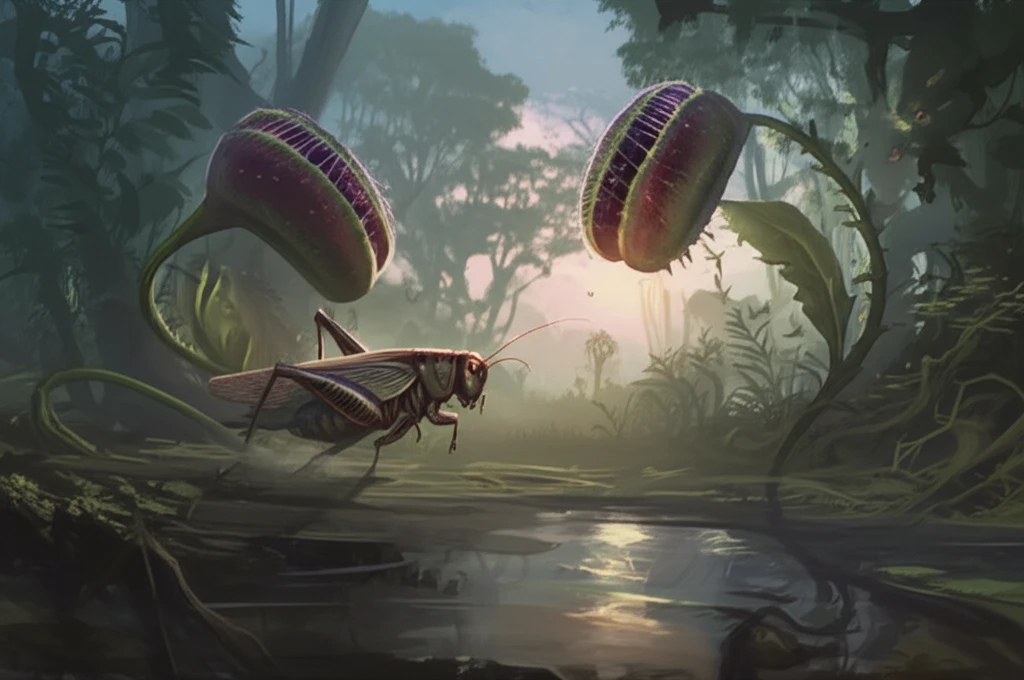
Nature's Traps: How Plants and Animals Adapt to Survive Predation
"Explore the captivating ways species avoid becoming prey, from autotomy to mimicry and beyond"
The natural world is a constant struggle for survival, where every organism is either trying to eat or avoid being eaten. This has led to an extraordinary array of adaptations, each finely tuned to increase the chances of survival. From the smallest insect to the largest mammal, species have evolved unique strategies to avoid becoming a meal. In this article, we explore some of these fascinating adaptations.
Survival in the wild depends on a complex interplay of behavior, morphology, and environmental factors. Some animals, like crickets, use limb autotomy to escape predators, while others rely on camouflage or mimicry to blend into their surroundings. Plants, too, have developed intricate mechanisms to defend themselves, from carnivorous traps to chemical defenses.
Understanding these adaptations not only provides insights into the evolutionary processes shaping life on Earth but also highlights the delicate balance of ecosystems. By examining specific examples, we can appreciate the ingenuity of nature and the ongoing arms race between predators and prey.
Defense Mechanisms in Animals: A Closer Look

Animals have evolved a diverse set of strategies to avoid predation, each tailored to their specific environment and threats. These mechanisms range from physical defenses to behavioral strategies, all aimed at increasing survival rates.
- Limb Autotomy: Shedding limbs to escape predators, balancing immediate escape with long-term vulnerability.
- Camouflage and Mimicry: Blending in with the environment or mimicking other species to avoid detection.
- Behavioral Strategies: Adjusting behavior to reduce the risk of predation, such as altering dispersal patterns or habitat use.
- Physical Defenses: Developing physical features like spines, shells, or toxins for protection.
The Importance of Understanding Survival Strategies
The study of survival strategies in both plants and animals is crucial for understanding the complex dynamics of ecosystems. By identifying the mechanisms that species use to avoid predation and secure resources, researchers can gain valuable insights into the evolutionary processes shaping life on Earth. This knowledge is not only academically significant but also essential for effective conservation efforts. As habitats change and species face increasing threats, understanding these survival strategies becomes ever more critical for preserving biodiversity.
